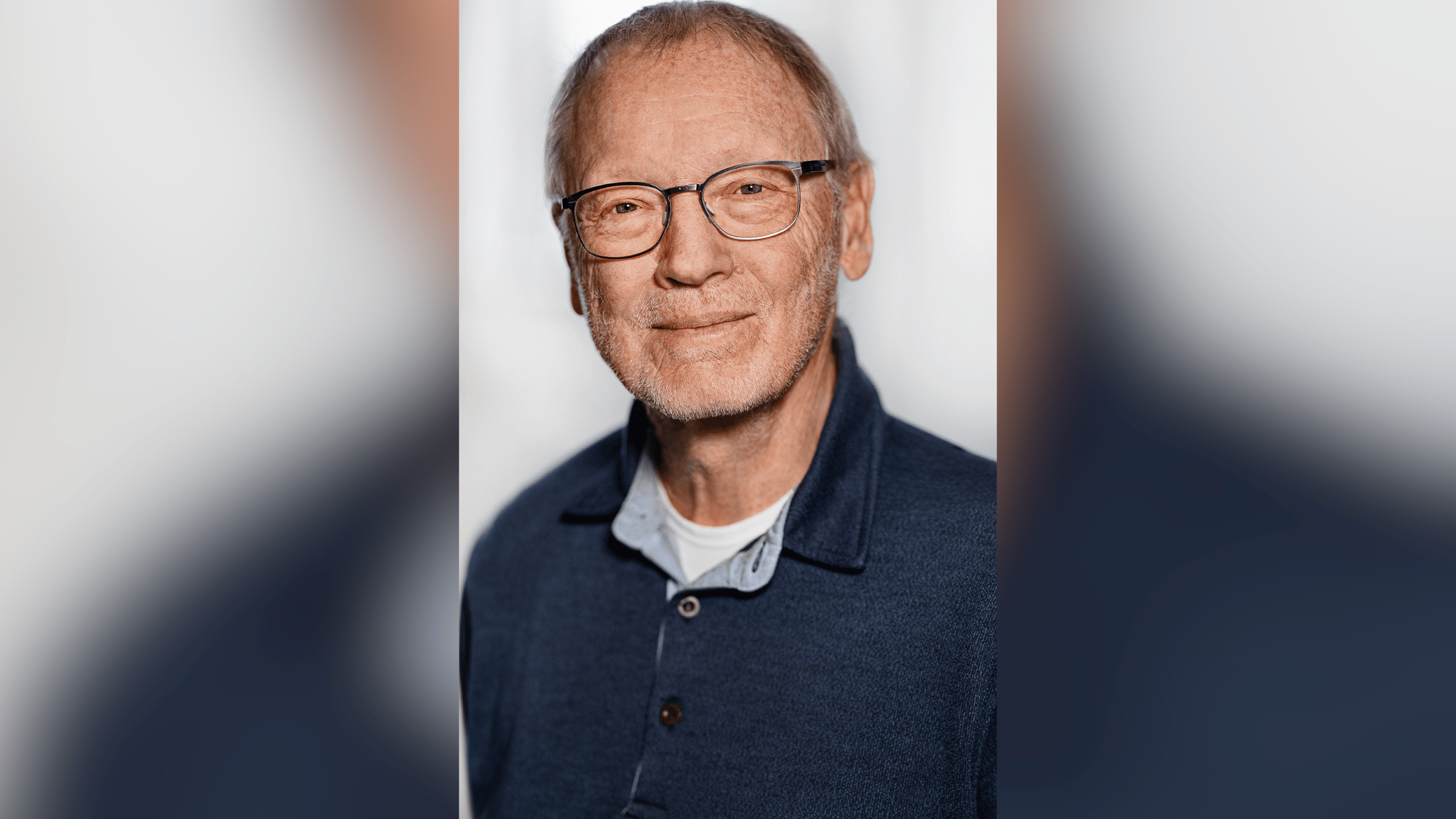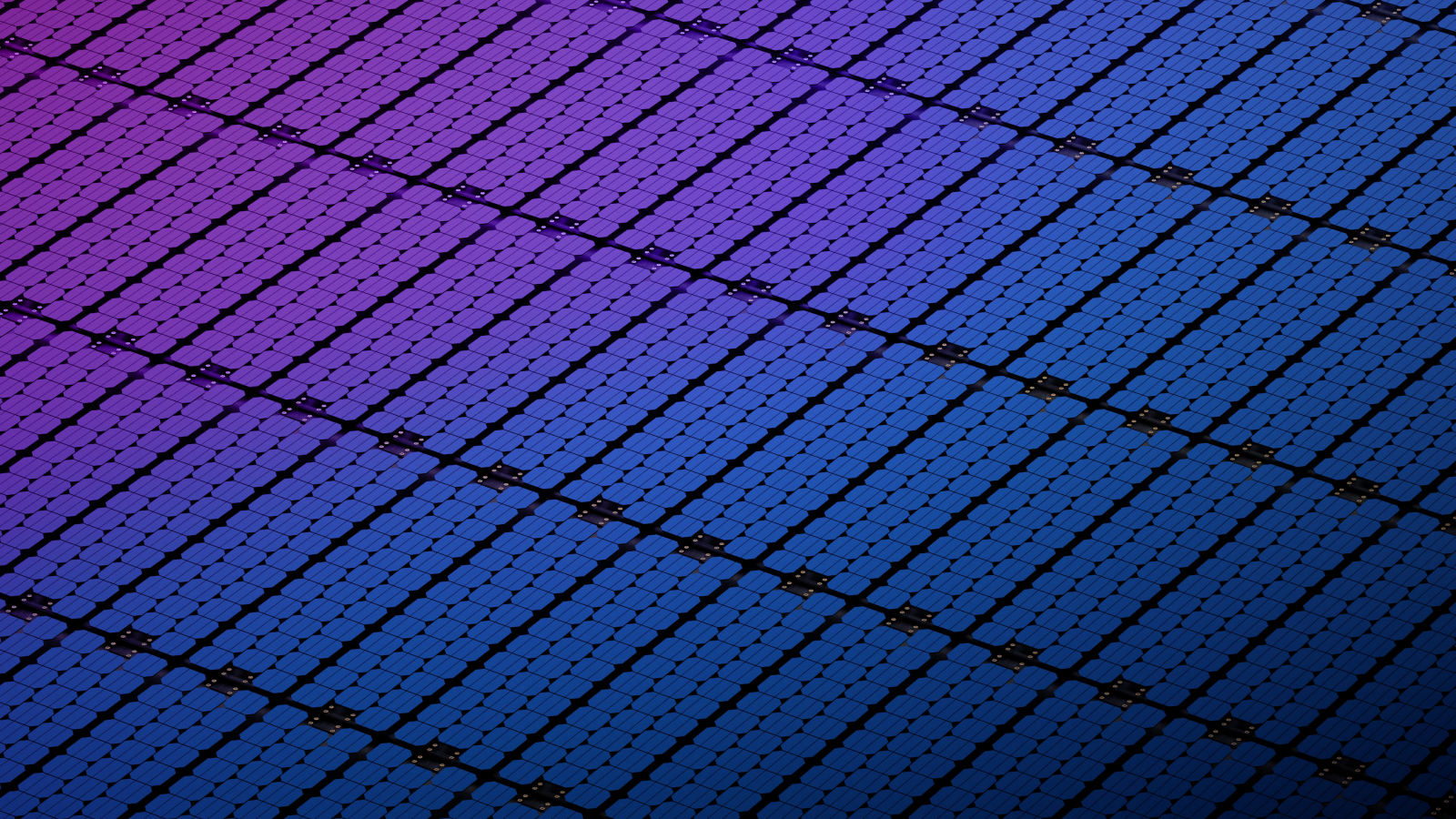When you purchase through links on our situation , we may earn an affiliate deputation . Here ’s how it works .
The 2024Nobel Prizein alchemy has been award to three scientists who act in two closely intertwined fields of protein scientific discipline .
David Baker , a professor of biochemistry at the University of Washington , received half of the 11 million Swedish krona ( $ 1.06 million ) prize for his body of work on computational protein blueprint — a cock that enable researcher to plan and produce completely novel protein structure with properties unlike any find in nature .

A panel announces the winners of the 2024 Nobel Prize in Chemistry on October 9th.
The second one-half of the prize was shared betweenDemis HassabisandJohn Jumper , severally the CEO and theatre director of Google DeepMind , for their work on protein anatomical structure prediction . TheAI - power program AlphaFold2 , release in 2021 , can predict the three - dimensional structure of any protein from the amino acid successiveness encoded in DNA , revolutionize our apprehension of how proteins and atom in living system interact with each other .
" protein are the molecules which enable life,“Heiner Linke , president of the Nobel Committee for Chemistry , said during the promulgation ceremonial occasion in Sweden this daybreak ( Oct. 9 ) .
A protein has tens of thousands of single molecule , and its specific mapping is determined by the precise status of these atoms , with link and folds between the unlike parts of the corpuscle creating a unparalleled 3D configuration . " To sympathise how life work , we first demand to understand the embodiment of protein , " Linke said .

Protein molecules are shape from many individual building block telephone amino group acids , which are encoded by three " alphabetic character " deoxyribonucleic acid sequences . It should therefore be possible to predict the 3D structure of a particular protein from this succession of amino acids . But this problem has been frustrative scientist for decades because there are many possible way for protein to close down .
In 2020 , Hassabis and Jumper finally cracked this code by developing a programme called AlphaFold2 , which boosted the truth of social organization predictions from 40 % to 90 % . The AI curriculum was train on a database of protein sequence and protein structures and looks for correlations between the posture of amino acids across thousands of examples . The organisation then iteratively refines these solution down to a unmarried omen three-D anatomical structure .
In the years since it was released , this putz has dramatically improve our intellect of thousands of protein - intermediate procedure , including antibiotic resistance , and it is now possible to mine these databases for protein with previously unnamed function , such as plastic - disgrace enzymes .

— 2 scientists snag Nobel in medicine for chance on ' microRNAs '
— ' It will be like with the industrial revolution ' : Two fabled AI scientists win Nobel Prize in physics for work on neural networks
— Nobel Prize in interpersonal chemistry : 1901 - present tense

Protein innovation approaches this same trouble from the diametrical focus , enable investigator to visualize the ideal 3D protein social organization for a particular function and work backward to calculate the amino group acid sequence require to synthesize it . In 2003 , Baker develop a computer program calledRosettathat combines shorter amino group window pane fragment from an existing database , successively pull off and optimizing the sequence to match the required 3D cast .
" David Baker open up a all new world of protein complex body part , " Johan Åqvist , a member of the Nobel Committee for Chemistry , sound out during the proclamation . " It ’s only your imagination which sets the limit for what you’re able to do here . " Rosetta has since helped to plan hundreds of new proteins with diverse diligence , ranging from inhibiting the COVID spike protein to acting as biological sensors for opioids in the surroundings .
Speaking to The Royal Swedish Academy of Sciences Secretary General Hans Ellegren following the prize declaration , Baker said he felt " very excited and very esteemed " and had been " really deeply exhort by others in the field and people I ’ve worked with . "















